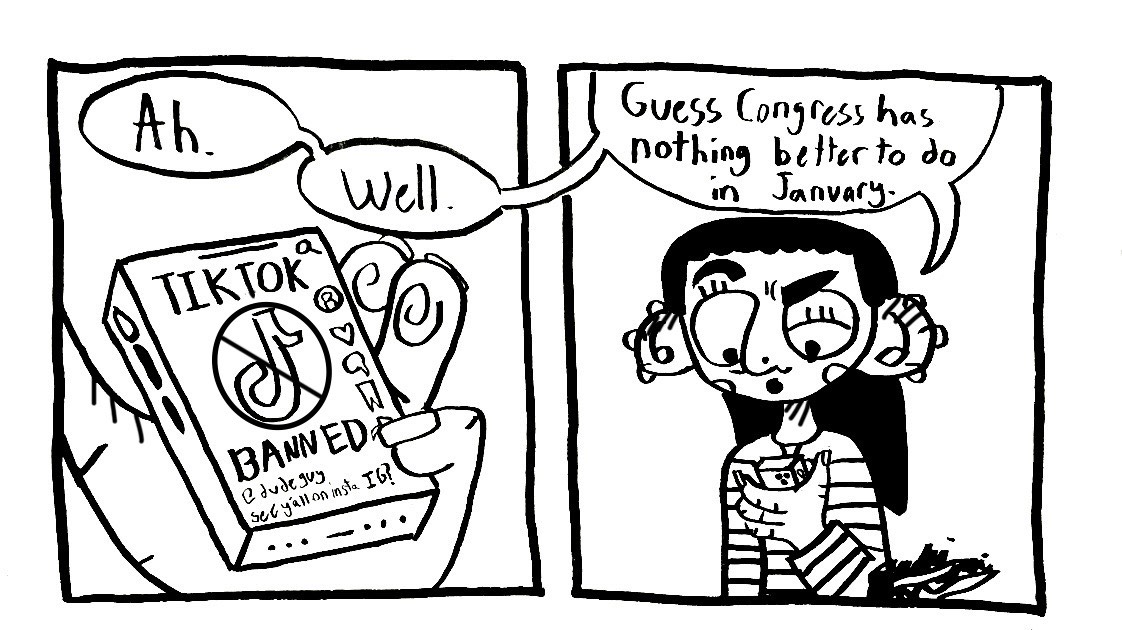After reading Monday’s Hatchet story “Univ. reduces class capacities” (Oct. 20, p. 1) I spent the rest of my day sitting in my numerous 20- and 50-person classes thinking about which one among us would be getting the axe next semester when registering.
OK, so I don’t have any Monday classes capped at 20 or 50, and I was more worried about a comparative politics midterm than about any unlucky victims of the school’s new policy.
It was disheartening, however, to hear that the University would so readily make policy decisions for the sole sake of pandering to a ranking system that most people understand is far from perfect.
If there is one thing GW craves, it is to bring back the glory days of being a top-50 school. The University has not enjoyed such standing since 1998, with the elusive top-50 range remaining just slightly out of reach. Being higher on the rankings is inherently a good thing; it obviously makes the $200,000 piece of paper they hand out on graduation day that much more valuable. At the same time, there has been a steadily growing backlash against the U.S. News and World Report’s rankings as a whole.
A good case in point was Sarah Lawrence College’s choice to remove the SAT score from their admission process entirely in 2007. When this happened, US News and World Report informed the university that scores would be made up for the college and it would be considered less selective, thereby decreasing the ranking. Since then, the debate on that campus has not been “How do we increase rankings?” but rather “Should we even participate in rankings?”
GW needs to take these kinds of protests into consideration before it makes a decision like cutting back on class size. While at its core the concept of smaller classes is not a bad one, the disturbing part is that when US News and World Report says jump, GW really does ask how high.
Do we really want to attend a university that panders to an opaque ranking system that lacks accountability rather than trying to accommodate an ideal number of students? And if this change is in fact to benefit the students, why was the incentive of higher rankings a necessary catalyst for the change to take place?
Donald Lehman, executive vice president of academic affairs, explained the decision: “We had been paying close attention to the details of various rankings . It was during such review that we noticed that our working caps of 20 and 50 for classes of those sizes were not in our best interest.” When questioned about adverse affects on students unable to join classes, he responded that “our aim is to have sufficient sections available to cover the need.”
The University must now commit itself to ensuring that this is the case. Sure, it would be nice to raise rankings with a simple shifting of some classes. However, if it means that students are expected to pay higher rates for professors to teach more sections or are restricted from taking the classes that they need and want, it will not be worth it. If this is the case, the very students that we are trying to recruit with the bolstered rankings will be just as miserable in the coming years.
Fortunately, in this instance the policy in question is not inherently bad for students. If the rank-at-all-costs paradigm persists, however, it will inevitably lead to dangerous results. An explicit promise is now required from the University that this change will not have any detrimental effects on students. We cannot tolerate the University giving more weight to a highly skewed ranking system than to the students that reside right here on campus.
-The writer, a sophomore majoring in political science, is a Hatchet columnist.




